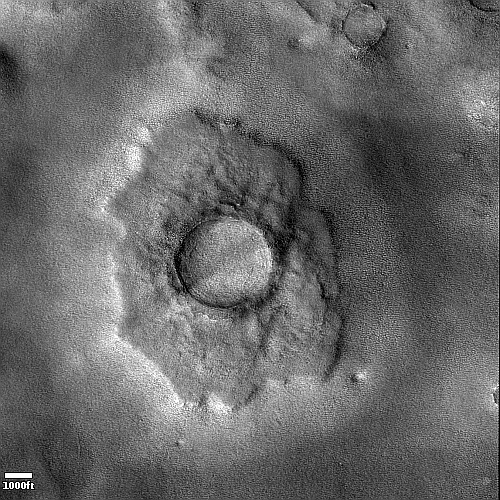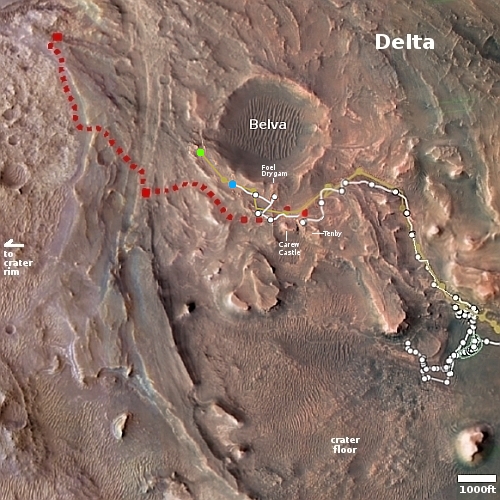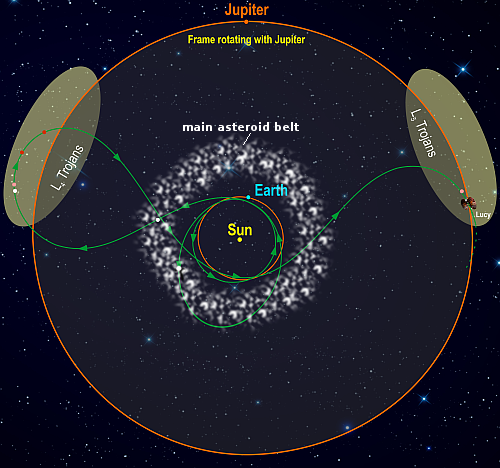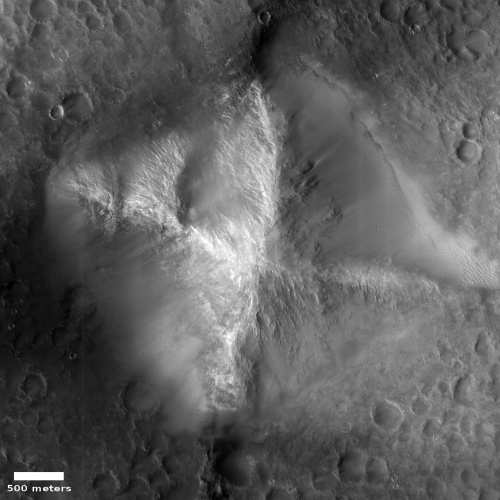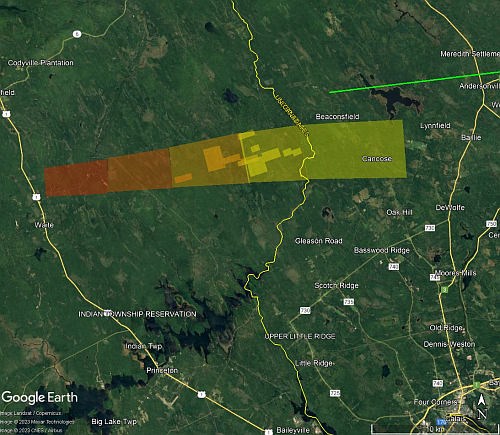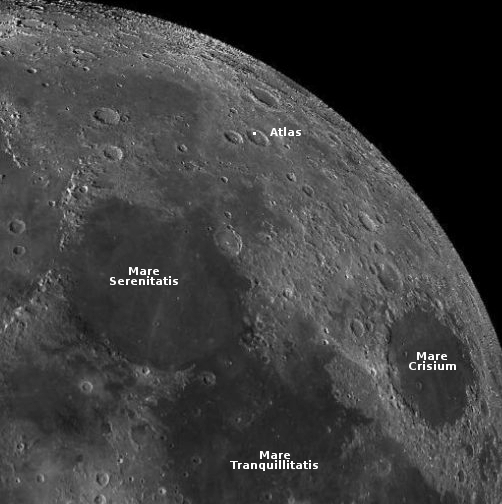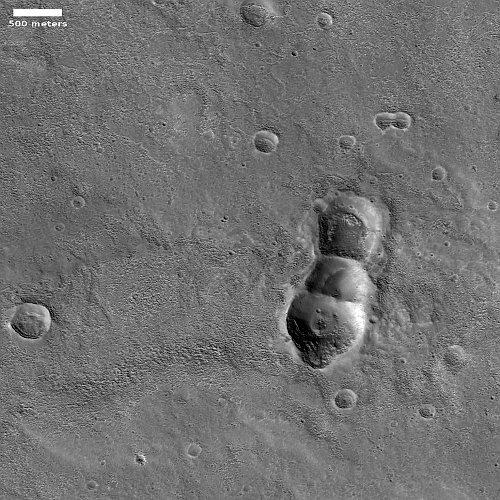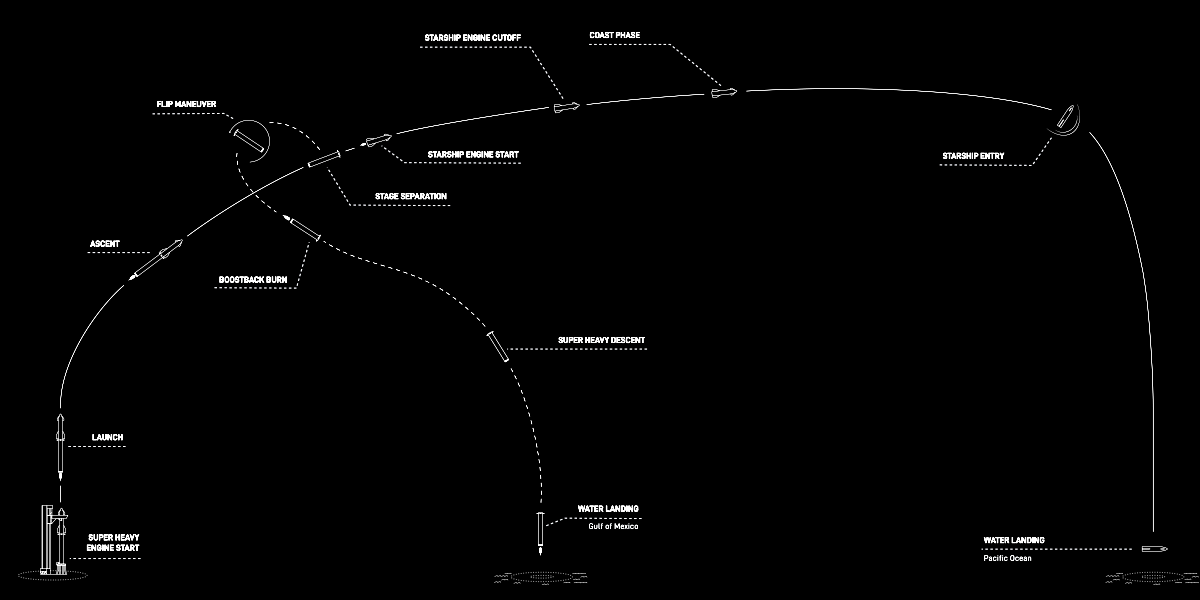On April 6, 2023 the Modi government of India announced that it had approved a new space policy, describing it as designed to boost private commercial space over the government-run operations of its space agency ISRO.
At the time, and still to this day, the actual text of that policy has not been released. However, an article today from India provides some analysis of this policy, based on statements by several government officials, and suggests that the goal of that policy is the same as NASA’s has been for the past decade, shift from being the builder of spacecraft and rockets to simply being the customer buying those products from the private sector. The key statement illustrating this came from Dr. S. Somnath, chairman of ISRO.
Speaking to the media, Somnath said that the new policy is focused on strengthening the participation of private players in India’s space program. The ISRO chairman also said that the new policy outlines a framework under which the private sector can use ISRO facilities for a small fee. The policy also looks upon private players to create new infrastructure in the space sector.
In what can be seen as a critical move, Somnath told the media that “ISRO will not do any operational and production work for the space sector and focus its energies on developing new technologies, new systems and research and development.” This essentially means that the routine production and launches that the ISRO was so caught up with until now will be handled by the private sector completely.
In other words, ISRO’s effort to capture market share by launching its rockets (dubbed GSLV, PSLV, and SSLV) for profit will eventually end. The Modi government instead wants the private sector to do this work, with rockets it builds and owns.
Even if we assume this analysis is correct, replacing ISRO’s rocket with private rockets however cannot happen quickly. While India has a vibrant commercial space industry, it presently only has two startup rocket companies, Agnikul and Skyroot, neither of which is close to reaching orbit. For NASA, the transition from running and owning everything to being a customer took about a decade. Expect the same transition in India to take as long, assuming the Modi government stays firm against the resistance that will surely come from its government bureaucracy, and any later administrations hold to this policy as well.
Furthermore, that the policy text has not been made public strongly suggests that the Modi government recognizes that it will face strong opposition within India’s very large and powerful bureaucracy, which is far larger and stronger than even the U.S.’s administrative state in DC. Fighting that bureaucracy in India is going to be very difficult, if not impossible.




